Home>Gardening & Outdoor>Landscaping Ideas>What Is Johnson Grass


Landscaping Ideas
What Is Johnson Grass
Modified: February 18, 2024
Learn about Johnson grass and its impact on landscaping. Discover effective landscaping ideas to manage and control Johnson grass in your outdoor space.
(Many of the links in this article redirect to a specific reviewed product. Your purchase of these products through affiliate links helps to generate commission for Storables.com, at no extra cost. Learn more)
Introduction
Welcome to the world of landscaping and gardening, where the beauty of nature meets the creativity of human hands. In this article, we delve into the intriguing topic of Johnson grass, a plant that has garnered both admiration and concern in equal measure. As we journey through the characteristics, distribution, uses, and management of Johnson grass, you will gain a comprehensive understanding of this versatile and sometimes controversial plant.
Johnson grass, scientifically known as Sorghum halepense, is a perennial grass that belongs to the Poaceae family. Its origins can be traced back to the Mediterranean and Middle East regions, where it has been cultivated for forage and erosion control. However, its adaptability and aggressive growth have also led to its classification as an invasive weed in many parts of the world.
Join us as we uncover the allure and challenges associated with Johnson grass, exploring its diverse traits, ecological impact, and practical applications in landscaping and agriculture. Whether you are a seasoned horticulturist or an avid enthusiast of green spaces, this article will provide valuable insights into the multifaceted nature of Johnson grass and its role in our natural environment.
Key Takeaways:
- Johnson grass is a versatile plant with both positive and negative traits. Its rapid growth and resilience make it useful for livestock feed and erosion control, but it can also become an invasive weed, requiring careful management.
- Effective control and management strategies, such as cultural, mechanical, and chemical methods, are essential to prevent Johnson grass from overpowering native vegetation. By understanding its characteristics and implementing proactive measures, we can harness its benefits while safeguarding our natural ecosystems.
Read more: What Does Johnson Grass Look Like
Characteristics of Johnson Grass
Johnson grass is renowned for its robust and vigorous growth, making it a formidable presence in various landscapes. Its tall, erect stems can reach heights of up to 12 feet, creating a striking visual impact in fields, pastures, and along roadsides. The plant’s leaves are long and coarse, with a prominent midrib that adds to its distinctive appearance.
One of the most notable features of Johnson grass is its extensive root system, which includes rhizomes that enable it to spread rapidly and establish new shoots. This aggressive growth habit contributes to its ability to colonize diverse habitats, from moist meadows to arid wastelands, demonstrating remarkable adaptability to different soil types and environmental conditions.
Additionally, Johnson grass produces inflorescences in the form of panicles, bearing numerous seeds that aid in its propagation. These seeds are dispersed by wind, water, and human activities, facilitating the plant’s expansion into new areas and posing challenges for containment and management.
While the resilience and tenacity of Johnson grass make it a formidable presence, these very traits have also led to its classification as an invasive species in various regions. Its rapid growth and ability to outcompete native vegetation have raised concerns about its ecological impact and the need for effective control measures to mitigate its spread.
Despite its reputation as a problematic weed, Johnson grass also possesses valuable attributes that have been harnessed for practical purposes. Its high biomass production and tolerance to drought make it a valuable forage crop in some agricultural systems, providing fodder for livestock and contributing to soil conservation efforts.
As we unravel the multifaceted characteristics of Johnson grass, we gain a deeper appreciation for its complex role in natural ecosystems and human activities. From its towering presence to its resilient root system, this plant embodies a blend of challenges and opportunities, inviting us to explore the intricate dynamics of coexisting with a species that evokes both admiration and caution.
Distribution and Habitat
Johnson grass, native to the Mediterranean and Middle East, has transcended its original range to establish a global presence, thriving in diverse climates and ecosystems. Its adaptability to a wide range of environmental conditions has enabled it to colonize habitats across continents, from temperate regions to subtropical and tropical zones.
In the United States, Johnson grass has made significant inroads, particularly in the southern states where the warm climate and fertile soils provide favorable conditions for its growth. It can be found in agricultural fields, pastures, along waterways, and in disturbed areas, showcasing its remarkable capacity to thrive in both managed and natural landscapes.
Across the world, Johnson grass has become a familiar sight in countries such as Argentina, Australia, China, and South Africa, where it has been introduced either intentionally for forage or inadvertently as a contaminant in crop seeds. Its widespread distribution underscores the challenges posed by invasive species and the need for proactive measures to prevent their proliferation.
Within its habitat, Johnson grass exhibits a preference for moist, fertile soils, although it can also tolerate drier conditions and a variety of soil types. Its ability to spread via rhizomes enables it to form dense colonies, outcompeting native vegetation and altering the ecological dynamics of the areas it inhabits.
Despite its invasive tendencies, Johnson grass has also been utilized as a forage crop in regions where its growth is managed and its forage potential is harnessed for livestock feed. When cultivated under controlled conditions, it can contribute to sustainable agricultural practices and provide valuable resources for animal husbandry.
As we consider the distribution and habitat preferences of Johnson grass, we are confronted with the complex interplay between its ecological adaptability and the challenges it poses in non-native environments. Its ability to thrive in diverse landscapes serves as a reminder of the intricate relationships between species and the delicate balance required to mitigate the impact of invasive plants on natural ecosystems.
Johnson grass (Sorghum halepense) is a fast-growing, invasive weed that can quickly take over fields and pastures. It is important to control and manage Johnson grass to prevent it from outcompeting desirable plants.
Uses of Johnson Grass
Despite its reputation as an invasive weed in many regions, Johnson grass possesses a range of practical uses that have been recognized and harnessed in various agricultural and ecological contexts. Its resilience and high biomass production make it a valuable resource for several purposes, demonstrating the multifaceted nature of this versatile plant.
One of the primary uses of Johnson grass is as a forage crop for livestock. Its rapid growth and abundant foliage provide a source of nutritious feed for grazing animals, contributing to the sustainability of livestock operations and supporting the nutritional needs of cattle, horses, and other herbivores. When managed effectively, Johnson grass can serve as a valuable component of diversified forage systems, enhancing the productivity of agricultural landscapes.
Furthermore, Johnson grass has been utilized for erosion control and soil stabilization in areas prone to land degradation. Its extensive root system and vigorous growth enable it to bind the soil, reducing the risk of erosion and enhancing the resilience of landscapes exposed to environmental pressures. By leveraging the ecological benefits of Johnson grass, land managers can mitigate the impact of soil erosion and promote sustainable land use practices.
In addition to its agricultural and ecological applications, Johnson grass has been explored as a potential feedstock for bioenergy production. Its high biomass yield and adaptability to diverse growing conditions position it as a promising candidate for biofuel production, contributing to renewable energy initiatives and the development of sustainable alternatives to fossil fuels.
While the uses of Johnson grass underscore its potential contributions to agriculture, land management, and renewable energy, it is essential to approach its cultivation and utilization with careful consideration of its invasive tendencies. Effective management strategies and monitoring protocols are crucial to prevent the unintended spread of Johnson grass into natural habitats where it can outcompete native species and disrupt ecological balance.
By recognizing the diverse uses of Johnson grass and implementing responsible practices for its cultivation and control, we can harness its beneficial attributes while mitigating the risks associated with its invasive nature. This balanced approach enables us to appreciate the valuable contributions of Johnson grass while safeguarding the integrity of our natural ecosystems.
Control and Management of Johnson Grass
The control and management of Johnson grass present significant challenges due to its aggressive growth habits and ability to outcompete native vegetation. Effective strategies for containing the spread of Johnson grass are essential to mitigate its impact on agricultural productivity, ecological balance, and landscape integrity.
One approach to managing Johnson grass involves the implementation of integrated weed management practices, which combine cultural, mechanical, and chemical control methods to minimize its proliferation. Cultural methods, such as crop rotation and the use of competitive cover crops, can help suppress the growth of Johnson grass and reduce its dominance in agricultural settings.
Mechanical control methods, including mowing, tilling, and hand-pulling, can be employed to physically disrupt the growth of Johnson grass and prevent the maturation of its seed heads. These techniques are particularly effective when integrated with other control measures to limit the spread of the plant and reduce its reproductive capacity.
Chemical control, utilizing herbicides specifically targeted to inhibit the growth of Johnson grass, represents a key component of integrated management strategies. Selective herbicides that target the grass while minimizing harm to desirable vegetation are employed to effectively suppress its growth and prevent its encroachment into sensitive ecosystems.
Furthermore, early detection and rapid response protocols are crucial for preventing the establishment of Johnson grass in new areas and containing its spread. Timely intervention and vigilant monitoring enable land managers to address incipient infestations before they escalate into widespread challenges, minimizing the resources required for control and management.
In natural areas and conservation settings, the restoration of native vegetation and the implementation of habitat enhancement measures play a pivotal role in reducing the dominance of Johnson grass and restoring ecological diversity. By promoting the resilience of native ecosystems, these efforts contribute to the long-term management of invasive species and the preservation of biodiversity.
As we navigate the complexities of controlling and managing Johnson grass, it is imperative to adopt a holistic and adaptive approach that integrates diverse strategies tailored to specific environmental contexts. By combining proactive measures, community engagement, and ongoing research, we can address the challenges posed by invasive species and foster sustainable landscapes that support the vitality of natural ecosystems.
Read more: How To Get Rid Of Johnson Grass
Conclusion
Johnson grass, with its remarkable adaptability and diverse uses, embodies a complex interplay of challenges and opportunities in the realm of landscaping, agriculture, and ecological management. As we reflect on the multifaceted nature of this perennial grass, it becomes evident that our approach to understanding and engaging with Johnson grass must encompass a balanced perspective that acknowledges its invasive potential while recognizing its practical contributions.
From its towering presence in agricultural fields to its role in erosion control and livestock forage, Johnson grass commands attention for its resilience and capacity to thrive in varied habitats. However, its aggressive growth habits and potential ecological impact underscore the need for vigilant management and responsible utilization to prevent unchecked proliferation.
The control and management of Johnson grass demand integrated strategies that encompass cultural, mechanical, and chemical approaches, tailored to specific contexts and ecological sensitivities. By embracing proactive measures and collaborative efforts, we can mitigate the spread of Johnson grass and safeguard the integrity of natural ecosystems while harnessing its beneficial attributes for sustainable agricultural practices and land management.
As we navigate the intricate dynamics of coexisting with Johnson grass, we are reminded of the delicate balance required to harmonize the coexistence of species within our landscapes. By fostering a deeper understanding of its characteristics, distribution, uses, and management, we can cultivate landscapes that harmoniously integrate the contributions of diverse plant species while preserving the ecological diversity that sustains our natural world.
In the tapestry of landscapes and ecosystems, Johnson grass serves as a compelling reminder of the interconnectedness of species and the imperative to engage with the complexities of invasive plants with wisdom and foresight. By embracing a holistic approach that values ecological resilience, responsible stewardship, and collaborative innovation, we can navigate the challenges posed by Johnson grass and cultivate landscapes that thrive with vitality and diversity.
Frequently Asked Questions about What Is Johnson Grass
Was this page helpful?
At Storables.com, we guarantee accurate and reliable information. Our content, validated by Expert Board Contributors, is crafted following stringent Editorial Policies. We're committed to providing you with well-researched, expert-backed insights for all your informational needs.
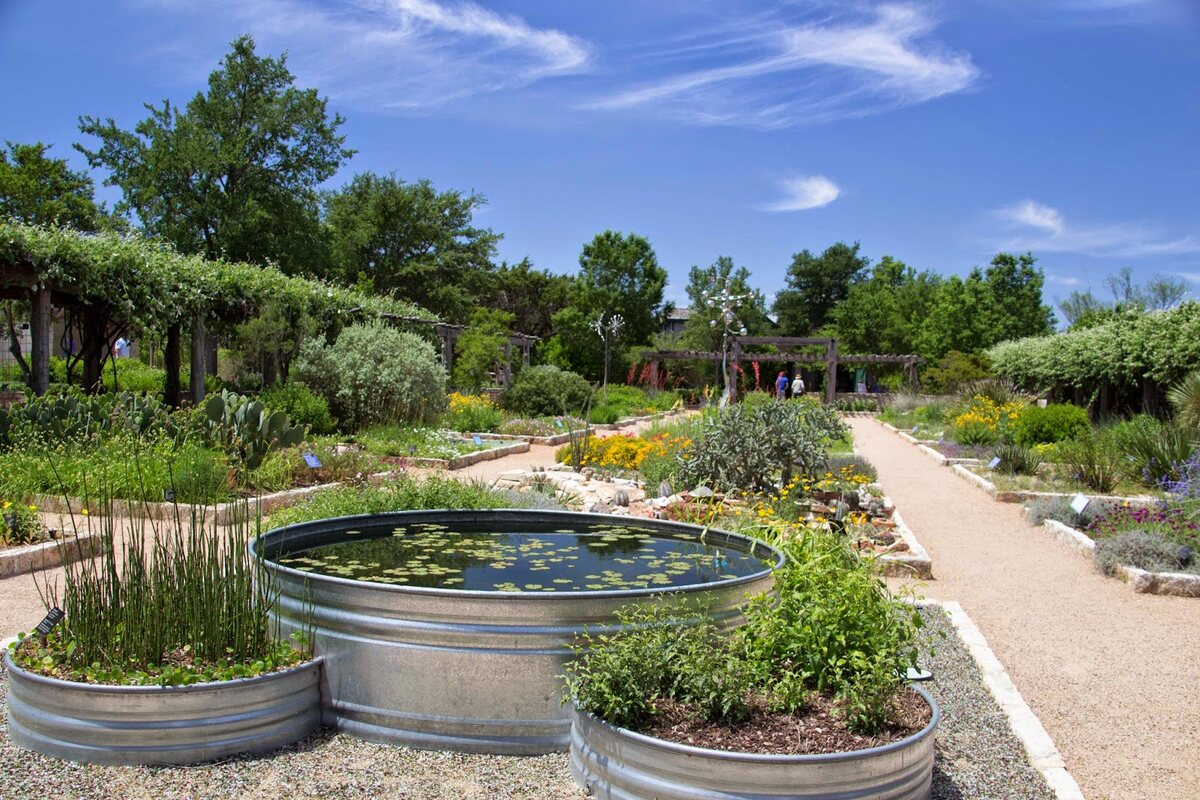






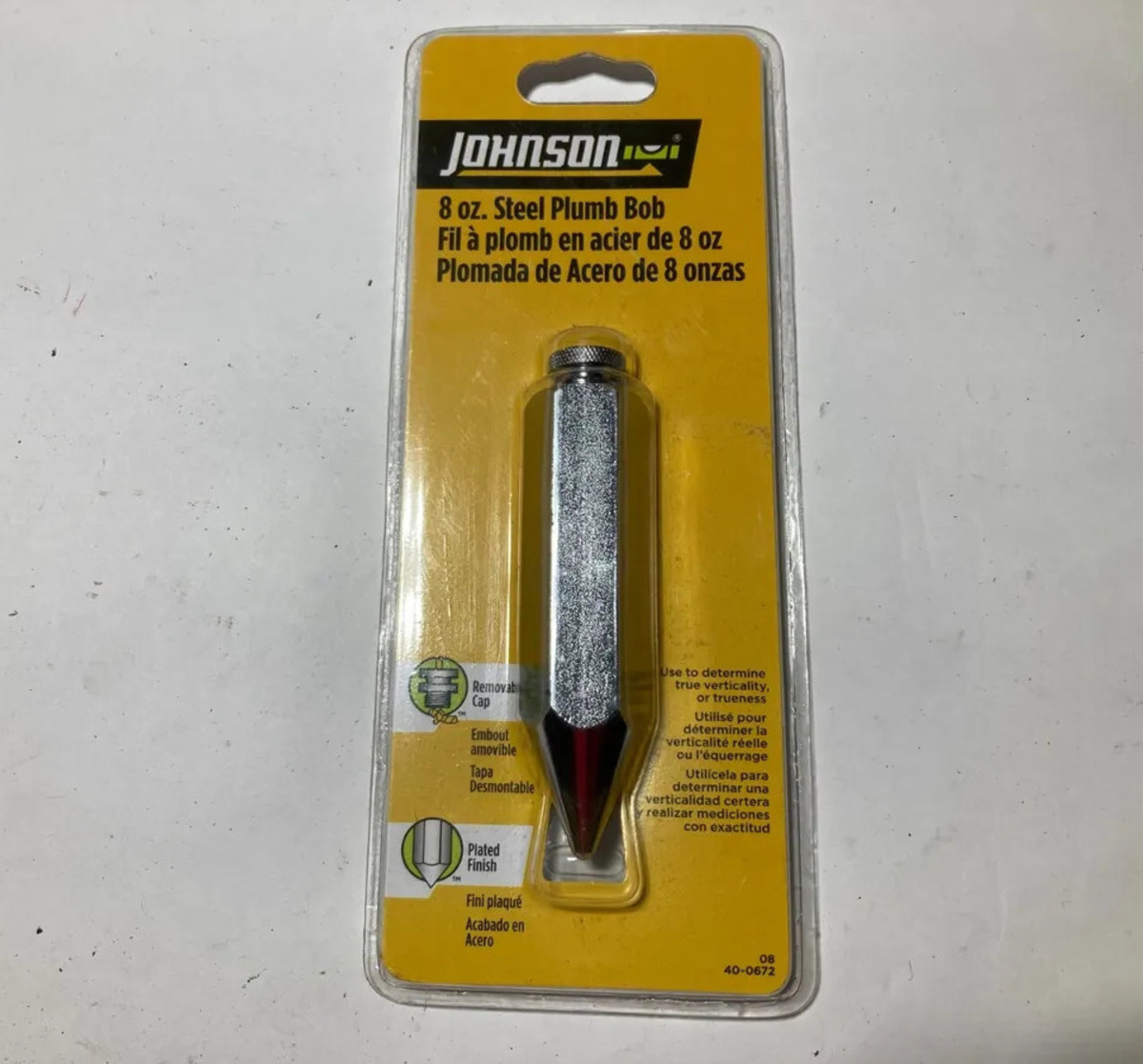
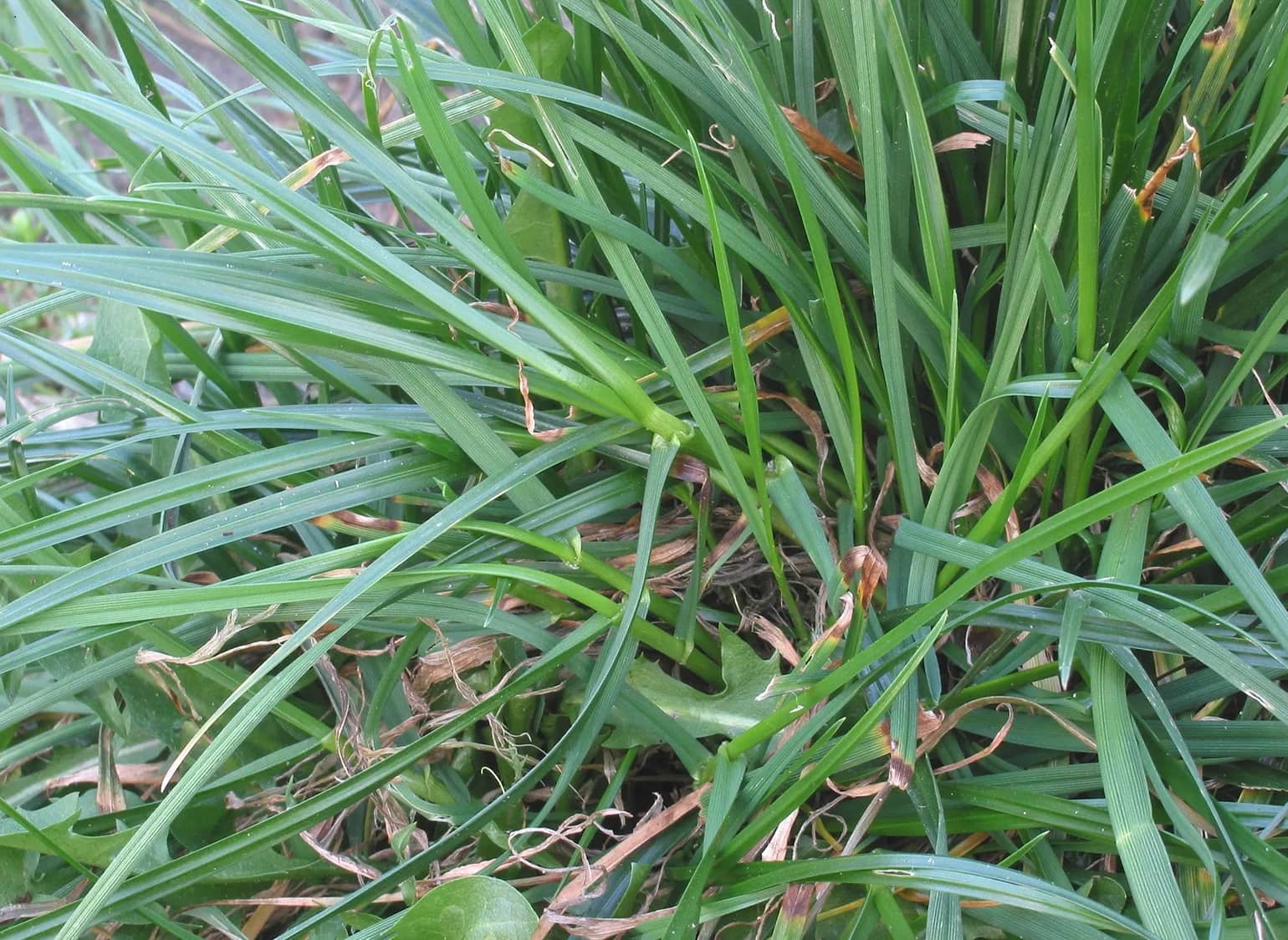

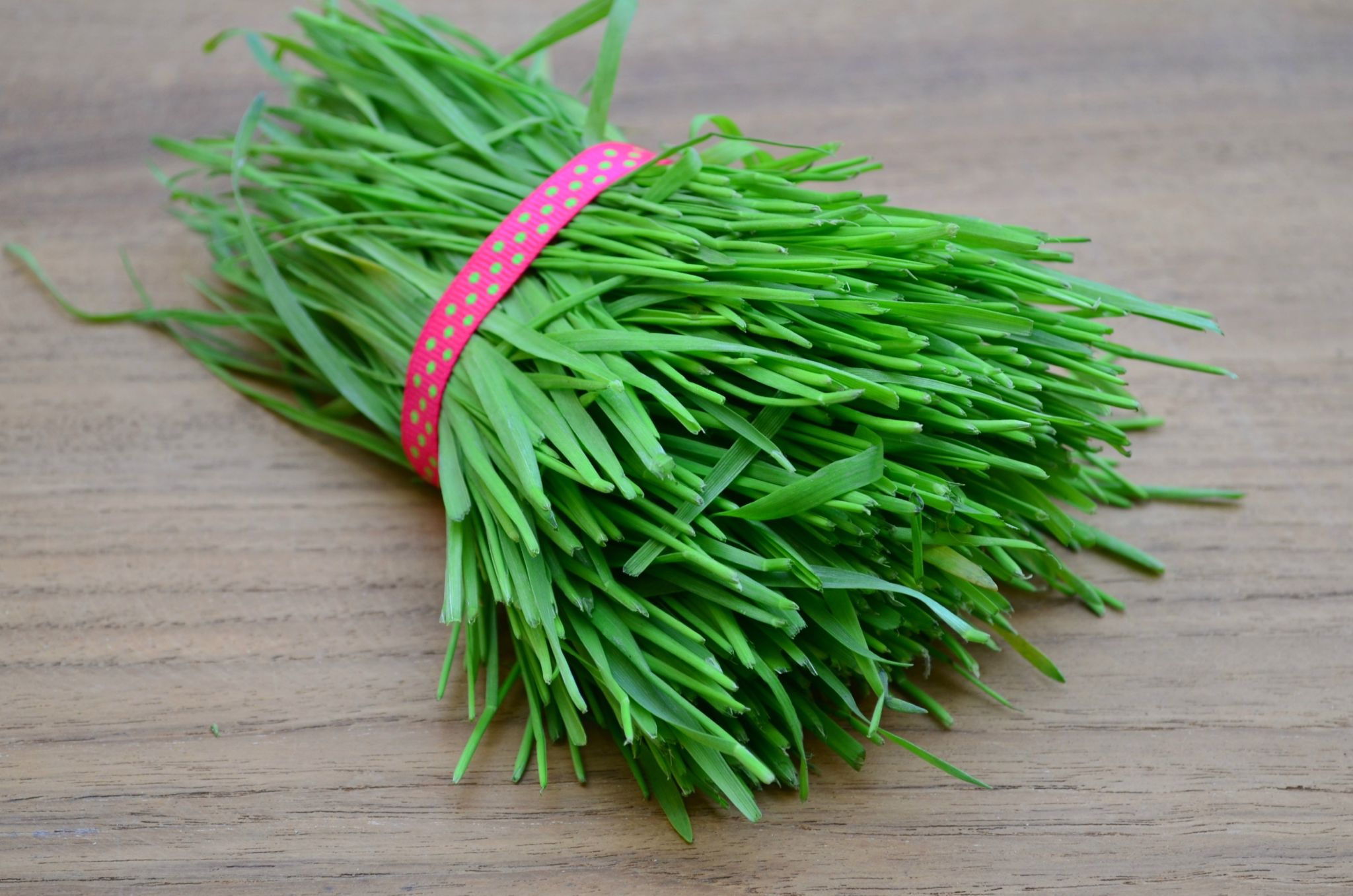

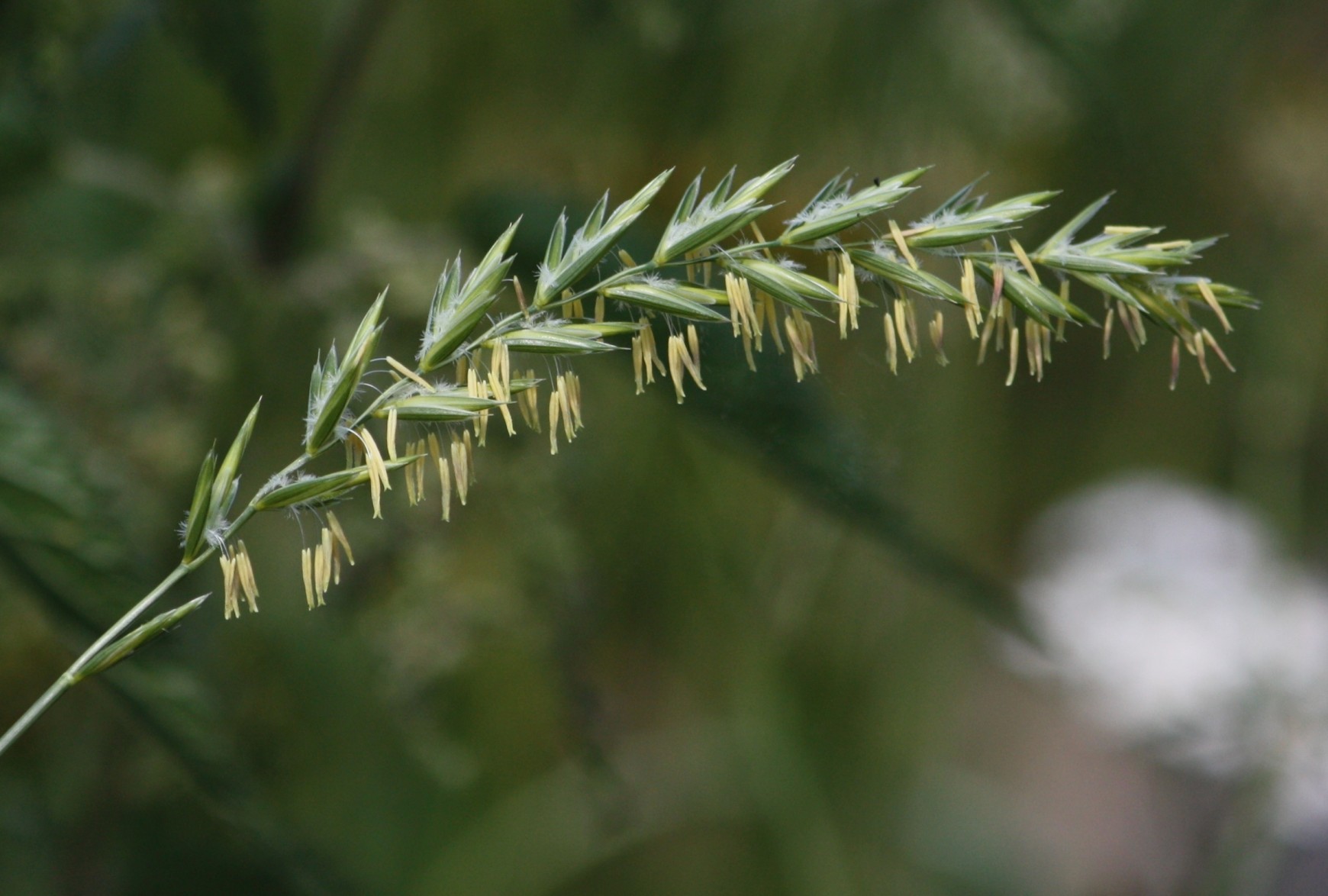
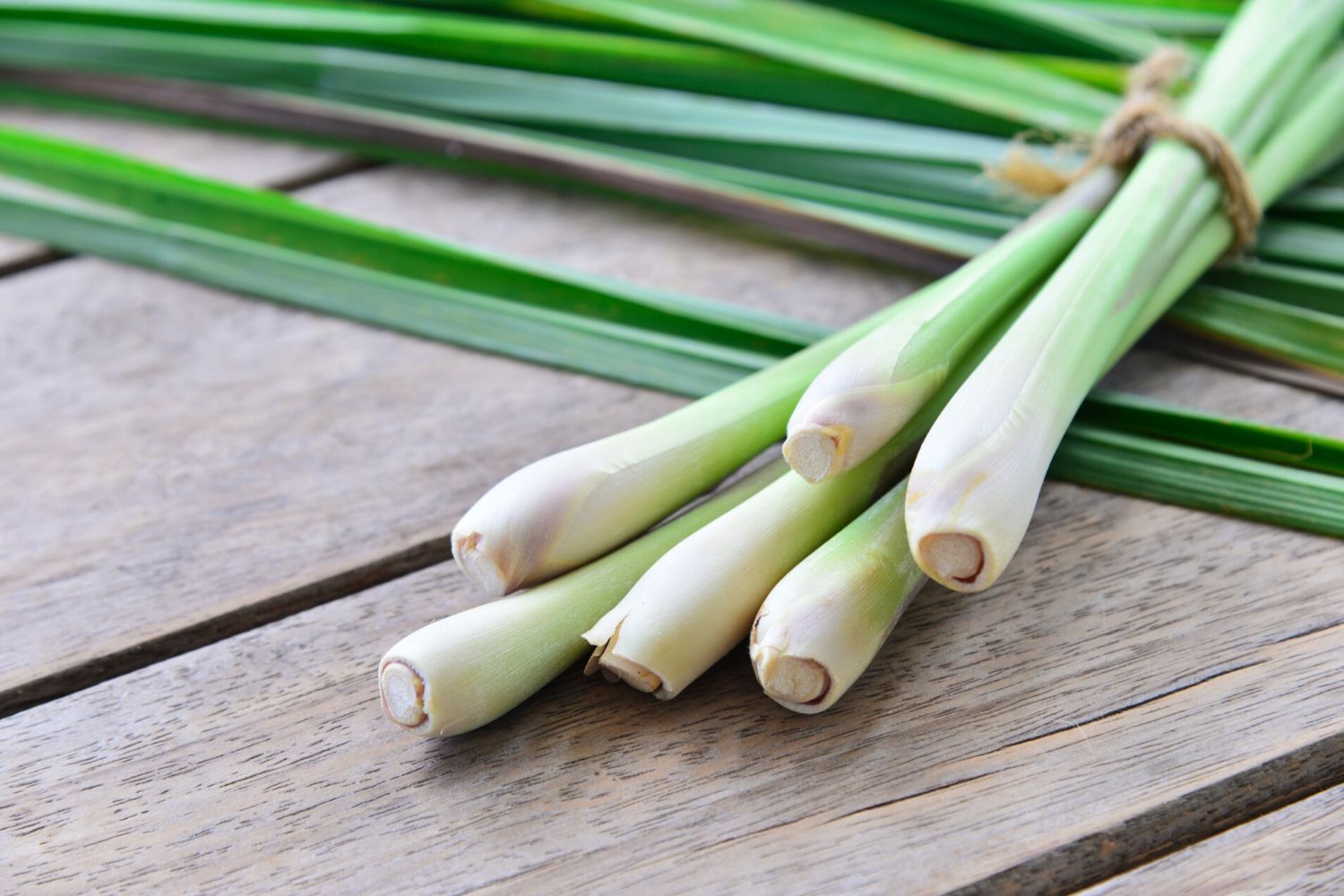

0 thoughts on “What Is Johnson Grass”